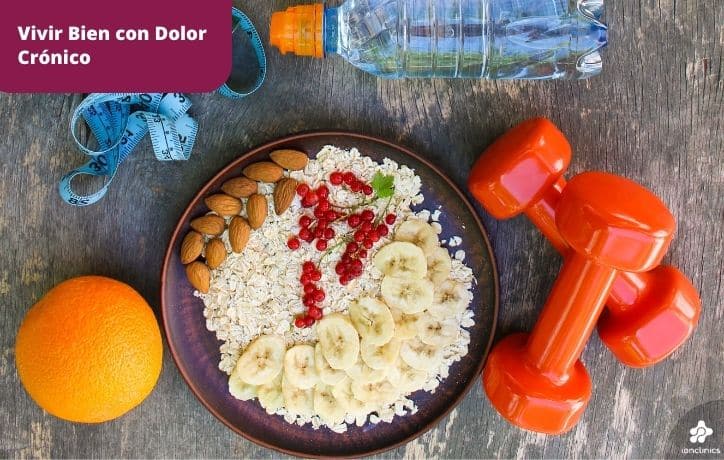In this post, we will explore practical tips for improving the quality of life of those living with chronic pain, focusing on the combination of neuromodulation therapies and lifestyle changes. We will discover how the integration of these therapies can provide effective and sustainable relief, enabling people to lead fuller and more active lives.
Lifestyle and Neuromodulation
Chronic pain can significantly affect people’s quality of life, but there are effective strategies to manage it. One such strategy is neuromodulation, which involves the application of magnetic or electrical stimuli in a safe manner, with the aim of modulating the activity of the nervous system. In particular, non-invasive neuromodulation has proven to be a promising option for chronic pain relief. This non-invasive technique involves applying a stimulus (electromagnetic field or low-intensity electric current) through the head, which modulates the excitability of neurons in specific areas of the brain related to pain perception.
Combining neuromodulation, specifically tDCS, with lifestyle changes can further improve patients’ quality of life. There are a number of ways to incorporate lifestyle changes to complement tDCS. For example, practising stress management techniques such as meditation or deep breathing can help reduce the perception of pain and improve mood. In addition, gentle, low-impact exercise such as walking, swimming or yoga can strengthen the body and increase flexibility, which can reduce pain intensity and improve physical function.

Chronic migraines:
Imagine someone dealing with chronic migraines, a condition that can significantly affect their quality of life. This person has tried several treatments without success and is looking for alternatives to manage his pain.
He decides to explore neuromodulation with tDCS along with lifestyle changes. Incorporate stress management techniques such as meditation and deep breathing, as well as gentle stretching exercises into your daily routine. Combining these practices with tDCS therapy gives you significant relief and allows you to lead a fuller and more active life.
Chronic low back pain:
Think of someone who suffers from chronic low back pain due to a back injury. This person has tried different treatments with limited results and is looking for ways to improve his quality of life. It incorporates specific stretching and strengthening exercises for the back, as well as postural care techniques into your daily life. Combining these practices with tDCS therapy provides significant pain relief and improved mobility.
Fibromyalgia:
Someone facing the challenges of fibromyalgia, a condition that causes widespread pain and extreme fatigue. This person has experienced difficulties in finding effective treatment and is looking for ways to manage their symptoms. He incorporates practices such as gentle yoga, therapeutic massage and a balanced diet into his daily routine. Combining these strategies with tDCS therapy gives you considerable pain relief and an improvement in your overall well-being.
To summarise:
In conclusion, by adopting a holistic approach that addresses both the physical and emotional aspects of pain, people can experience sustainable relief and improve their quality of life in the long term. It is important to consult with a health professional to develop an individualised treatment plan that is tailored to each person’s needs and circumstances.

